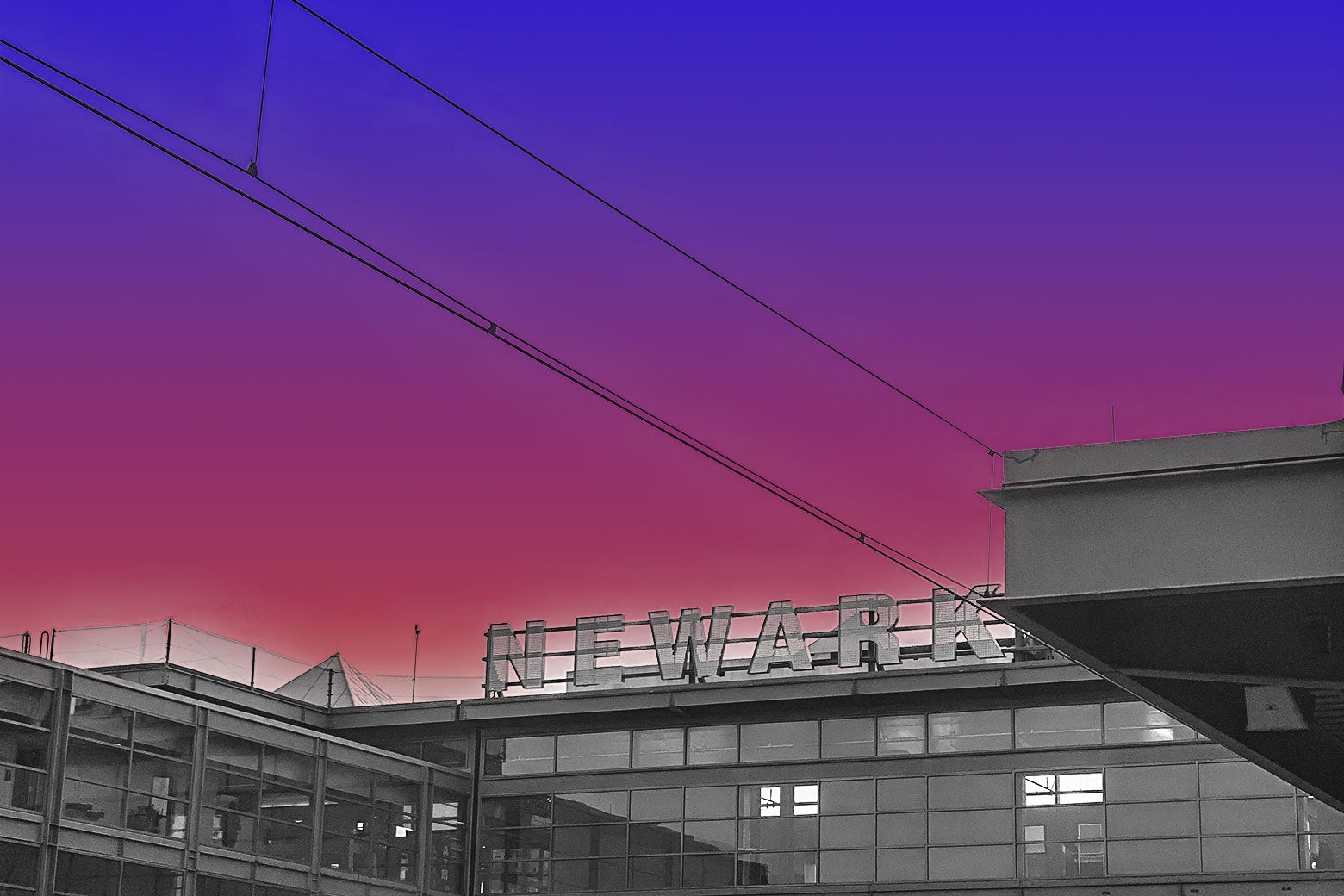The Newarkification of Air Travel: A New Era in Aviation Experience
In an industry where efficiency often trumps comfort, Newark Liberty International Airport (EWR) is pioneering a transformative approach dubbed “Newarkification”—a blend of passenger-centric design, tech integration, and operational efficiency that’s reshaping air travel. Airlines and airports worldwide are now adopting elements of this model, signaling a shift toward a more seamless and personalized flying experience. From biometric boarding to curated retail spaces, Newark’s innovations are setting a new standard for aviation in 2024.
What Is Newarkification?
Newarkification refers to the airport’s holistic strategy of merging cutting-edge technology with human-centered design to reduce stress and enhance convenience. Key features include:
- Biometric Efficiency: Facial recognition for check-in, security, and boarding cuts average wait times by 40%.
- Localized Retail: Over 60% of concessions feature New Jersey-based brands, boosting regional economy.
- Dynamic Wayfinding: AI-powered signage adjusts in real time to guide passengers during disruptions.
“Newark’s model proves that airports can be more than transit hubs—they can be destinations,” says aviation analyst Rebecca Torres. “Their focus on hyper-local experiences while streamlining logistics is a blueprint for the future.”
The Data Behind the Trend
Recent studies underscore Newark’s impact:
- A 2024 J.D. Power survey ranked EWR highest in passenger satisfaction among large U.S. airports, scoring 845/1,000.
- Federal Aviation Administration (FAA) data shows a 28% year-over-year reduction in tarmac delays at Newark since 2022.
- Revenue from non-aeronautical services (retail, dining) surged 19% in Q1 2024, outpacing industry averages.
Global Airports Taking Notes
From Amsterdam’s Schiphol to Singapore Changi, major hubs are integrating Newark-inspired elements. Changi’s new Terminal 5, set to open in 2025, will feature adaptive lighting mimicking Newark’s circadian-rhythm-friendly design. Meanwhile, Delta’s “Parallel Reality” screens at Detroit Metro—allowing multiple passengers to see personalized gate info on a single display—echo Newark’s dynamic wayfinding.
Critics argue such upgrades favor affluent travelers. “Not all airports can afford these tech investments,” notes transportation economist Dr. Carlos Mendez. “The risk is a two-tier system where only premium hubs benefit.”
Passenger Reactions and Future Outlook
Travelers report mixed feelings. Business flyer Priya Shah praises Newark’s “predictable” flow, while family vacationer Mark Dawson misses “the human touch” at kiosks. Airlines, however, are all-in: United’s CEO Scott Kirby recently called Newarkification “the next quantum leap” in operational efficiency.
Looking ahead, expect:
- AI Expansion: Newark’s partnership with IBM Watson will trial predictive baggage handling in late 2024.
- Sustainability Tie-Ins: Solar-powered jet bridges, modeled after EWR’s Pilot program, may go global by 2026.
As the aviation industry climbs toward pre-pandemic passenger volumes—projected to hit 4.7 billion globally this year—Newarkification offers a roadmap to handle the surge without sacrificing service. For travelers, the message is clear: the future of flying is faster, smarter, and unexpectedly rooted in New Jersey.
Want to experience Newark’s innovations firsthand? Book your next flight through EWR and share your take with #Newarkification on social media.
See more BBC Travel World



